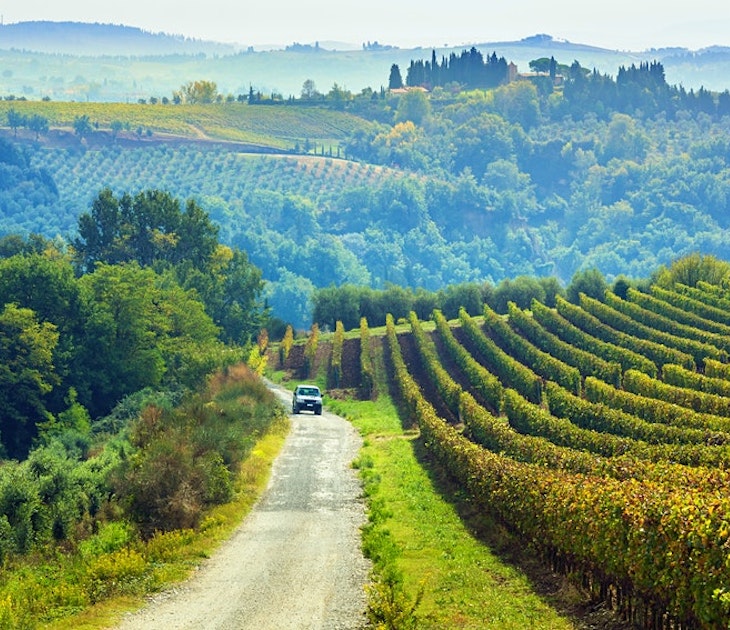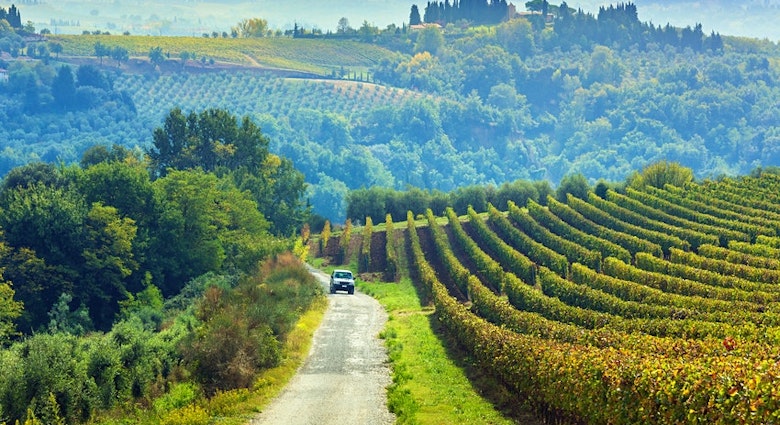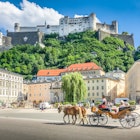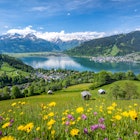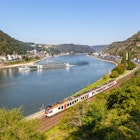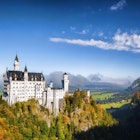Hairpin bends: 36. Length: 48km. Average slope gradient: 9%. Those are the vital stats of Austria's Grossglockner High Alpine Road, one of Europe’s greatest drives.
And if you think the statistics sound impressive, wait until you see the scenery. Get behind the wheel on a cloudless summer’s day and you’ll be stopping at almost every lookout for views of forest-fringed waterfalls and pastures flecked with wildflowers, sapphire lakes and Austria’s highest peaks encrusted with pearly white glaciers. The drive is dramatic and the pristine Alpine landscapes of the Hohe Tauern National Park are positively uplifting.
Stretching from Bruck in Salzburgerland to Heiligenblut in Carinthia, the Grossglockner High Alpine Road is a thing of beauty and genius. While this has been a trade route since 2000 BC - used by the Celts and their forefathers, the Romans and later 17th-century galley slaves – what you see today is a stupendous feat of 1930s engineering. The brainchild of engineer Franz Wallack, it was built to give the Austrian economy a much-needed boost in the wake of the Great Depression. From 1930 to 1935, some 3000 men chipped and hacked the narrow road through the country’s wildest and most inaccessible mountainous terrain.
Poetry in motion
From the forested Fuschertal valley in Salzburgerland, the road begins its rollercoaster journey through the Austrian Alps. Each vertiginous switchback reveals an extraordinary view, an easy rider or two and half a dozen mountain bikers with thighs of steel who seem to take the gruelling 1500m ascent in their stride.
With many a winding turn to negotiate, it is impossible to drive fast here, which is just as well as the distractingly lovely scenery is best appreciated in low gear and slow motion. At Hochmais viewpoint, the road opens up to reveal a host of snow-white peaks, including the 3564m Grosses Wiesbachhorn, then zigzags higher still to the Edelweissspitze lookout at 2571m. Here, as promised in the literature, you can take in 360-degree views of a rippling sea of 3000m heights. Equally captivating and far less crowded is nearby Fuscher Lacke, a small, jewel-coloured lake, which reflects the surrounding mountains like a liquid mirror.
Land of eternal ice
The road swings west from Schöneck through high meadows to the Kaiser-Franz-Josephs-Höhe, where flags flutter on the breeze and the 3798m Grossglockner, Austria’s highest peak, slides into view. Most people head for the crystalline Wilhelm-Swarovski observatory, but for nature up close and personal, take the 30-minute hike down to the Pasterze Glacier. At 8km, the deeply crevassed glacier is the longest in the Eastern Alps and, as the signs remind you, it is retreating rapidly. The fact that it has shrunk to half its size since the 1850s is a timely, if somewhat frightening, reminder of the impact of global warming and the fragility of Alpine ecosystems.
Linger until the crowds leave and the light begins to fade and you will be rewarded with silence. A silence that seems to freeze the scene like a still; the Grossglockner and Pasterze Glacier crisp and motionless. Early evening is a magical time here, with only the occasional chamois grazing the slopes and the shrill whistling of marmots interrupting the pervading sense of calm.
How to
The Grossglockner High Alpine Road is open from May to November, from 6am to 7.30pm in low season and 5am to 9.30pm in high season. It is advisable to get an early start and to check the weather conditions before setting out. A day ticket for the road costs €29 for cars and €19 for motorbikes. The pilgrimage town of Heiligenblut and the Edelweissspitze are beautiful spots for an overnight stay. For more details on the drive, visit www.grossglockner.at.

